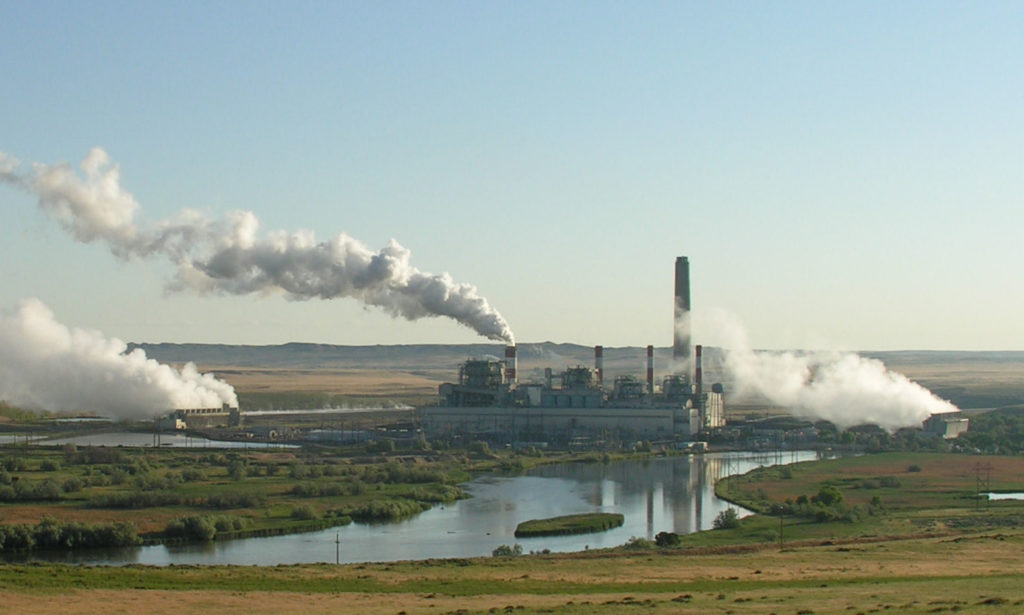Current severe heatwaves that will likely increase in severity and frequency in the future are driving a rise in the use of air conditioners, threatening the environment with their high energy consumption and refrigerants with high warming potential. A new study finds that switching to propane as a refrigerant could lessen the global temperature increase from space cooling.
Tag: Global Warming And The Environment
Climate change may be culprit in Antarctic fish disease outbreak
Climate change might be behind an unusual disease outbreak among Antarctic fish. For about a decade, University of Oregon biologists John Postlethwait and Thomas Desvignes have been visiting the West Antarctic Peninsula. They study a unique group of fish that has adapted to the harsh polar environment. But on a 2018 field excursion, they noticed something especially strange: a large number of those fish were afflicted with grotesque skin tumors.
Assessing the impacts of global climate change on population trends
The European Research Council (ERC) will fund groundbreaking research led by IIASA World Population Program Deputy Director Raya Muttarak, which will comprehensively address the impacts of climate change on population dynamics.
UNH Receives NSF Grant to Research Carbon Interactions in Thawing Arctic
The University of New Hampshire will lead research as part of a $1.5 million award from the National Science Foundation to better understand how interactions between plants, microbes and soil minerals in permafrost, a subsurface layer of frozen soil covering a fourth of the Northern Hemisphere, stimulate the release of carbon which adds to the warming Arctic.

Consideration of both the potential and constraints of reforestation is needed to achieve climate mitigation goals: NUS-led study
A recent study led by NUS researchers showed that practical considerations, beyond where trees could be planted, may limit the climate change mitigation potential of reforestation. Hence, there is a need to understand how these constraints operate to inform climate policies.

Energy Regulation Rollbacks Threaten Progress Against Harmful Ozone
The fight against harmful ozone is under legal threat. Air quality and carbon emissions regulations are currently in limbo in courts and congress, from core legislation from the 1970s to rules from the last U.S. administration. This study models the future losses in the fight to drive down respiratory-damaging, ground-level ozone if the regulations go away.